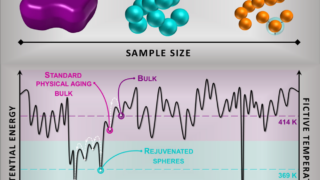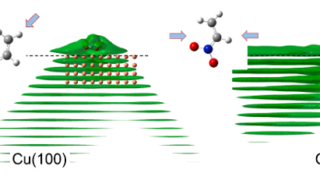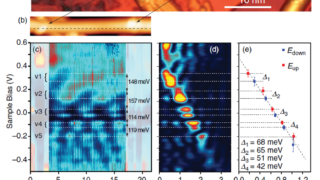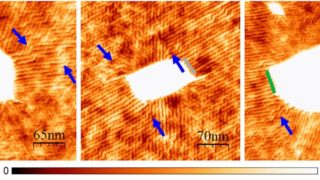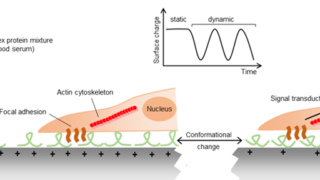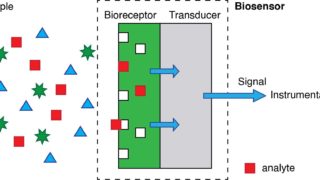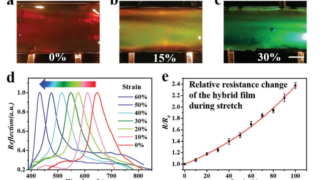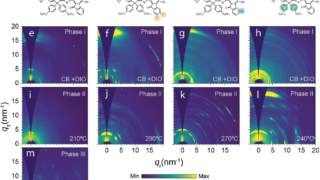
Polymorphism in non-fullerene acceptors for organic solar cells
Over the past several decades researchers have thought how materials and device architectures can efficiently convert solar radiation into electrical power through the photovoltaic effect. Those efforts have led to different methods and processes to produce green energy. In this context, organic photovoltaic (OPV) technology has received considerable attention because it indeed constitutes a new […]
